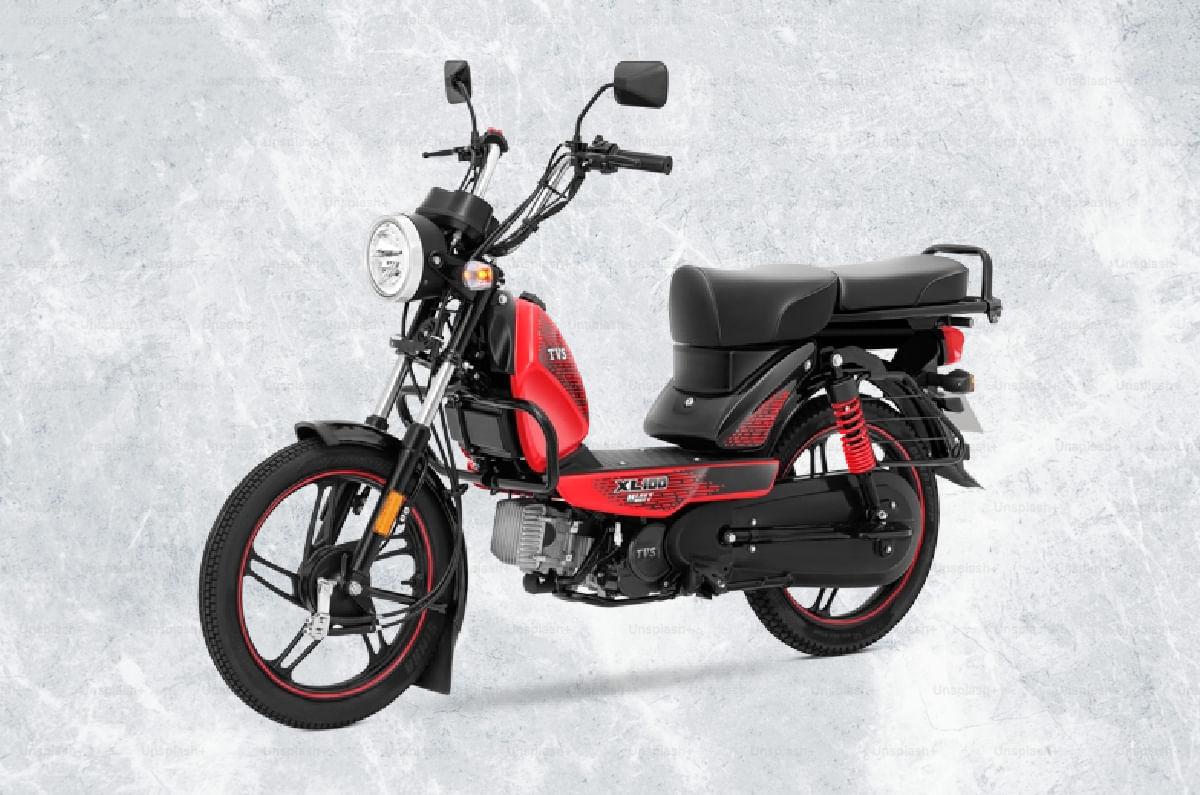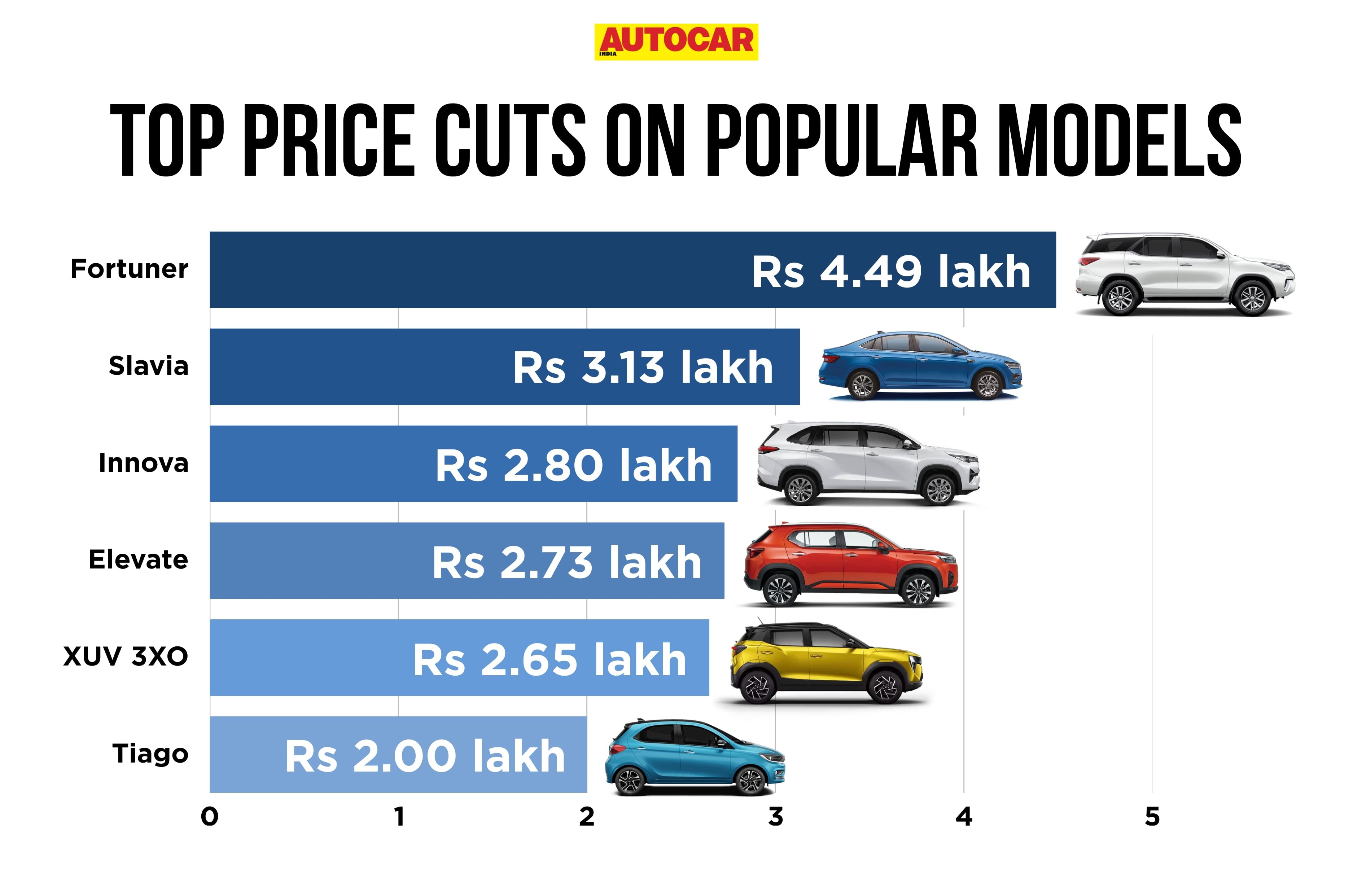Super Blue Moon 2023 in India: The Raksha Bandhan full moon — Rakhi is celebrated on the Purnima of the month of Shravan — on August 30-31 will be unusual: it will be both a “blue moon” and a “super moon” and therefore, a “Super Blue Moon”, a rare trifecta of astronomical events.
This special moon will rise at 6.35 pm in Delhi on August 30, a little later in Mumbai, and about an hour earlier in Kolkata.

What is a super moon?
The orbit of the moon around the earth is not circular; it is elliptical, that is, an elongated or stretched-out circle. It takes the moon 27.3 days to orbit the earth.
(It is 29.5 days from new moon to new moon, though. This is because while the moon is orbiting the earth, both the earth and the moon are also moving around the sun — and it takes additional time for the sun to light up the moon in the same way as it does at the beginning of every revolution around the earth. The new moon is the opposite of the full moon — it is the darkest part of the moon’s invisible phase, when its illuminated side is facing away from the earth.)
The point closest to earth in the moon’s elliptical orbit is called perigee, and the point that is farthest is called apogee. A super moon happens when the moon is passing through or is close to its perigee, and is also a full moon. (This happens with a new moon as well, just that it is not visible.)
A full moon occurs when the moon is directly opposite the sun (as seen from earth), and therefore, has its entire day side lit up. The full moon appears as a brilliant circle in the sky that rises around sunset and sets around sunrise. The moon appears ‘full’ not just on Purnima, but also on the night before and after the full moon night.
And what is a blue moon?
Though the expression “once in a blue moon” implies a rare or unusual occurrence, a blue moon is not that rare an astronomical phenomenon. There are a couple of definitions of a blue moon, but the one that is most commonly understood — and is endorsed by NASA — describes the situation when a full moon is seen twice in a single month.
Because the new moon to new moon cycle lasts 29.5 days, a time comes when the full moon occurs at the beginning of a month, and there are days left still for another full cycle to be completed. Such a month, in which the full moon is seen on the 1st or 2nd, will have a second full moon on the 30th or 31st. According to NASA, this happens every two or three years.
The first full moon of August 2023 occurred on August 1. That was also a super moon, but the super moon of August 30-31 will be bigger because the moon is now closer to the perigee.
 Distance of the moon obtained from JPL Horizons On-Line Ephemeris System, with full and new moons highlighted. (Photo: Wikimedia Commons)
Distance of the moon obtained from JPL Horizons On-Line Ephemeris System, with full and new moons highlighted. (Photo: Wikimedia Commons)
So will the moon actually appear blue?
No. Sometimes, smoke or dust in the air can scatter red wavelengths of light, as a result of which the moon may, in certain places, appear more blue than usual. But this has nothing to do with the name “blue” moon.
Most Read
Speaking of colours, you may have noticed that the moon appears more yellow/ orange when it is lower in the sky (closer to the horizon). This is because moonlight travels for longer through the atmosphere at this stage, and along the way, more of the shorter, bluer wavelengths of light are scattered, leaving more of the longer, redder wavelengths. The NASA explainer points out that dust or pollution can end up deepening the reddish colour of the moon.
And will the super moon be bigger in size?
According to NASA, a full moon at perigee (super moon) is about 14% bigger and 30% brighter than a full moon at apogee (called a “micro moon”).
 The supermoon of March 19, 2011 (right), compared to an average full moon of January 18, 2011 (left), as viewed from Earth. (Photo: Wikimedia Commons)
The supermoon of March 19, 2011 (right), compared to an average full moon of January 18, 2011 (left), as viewed from Earth. (Photo: Wikimedia Commons)
However, it is unlikely the difference in size will be noticeable by most people. The moon could appear somewhat brighter, though — but whether you are able to make out the difference will depend on factors such as the so-called ‘Moon illusion’, and how cloudy or polluted it is at your location.















































